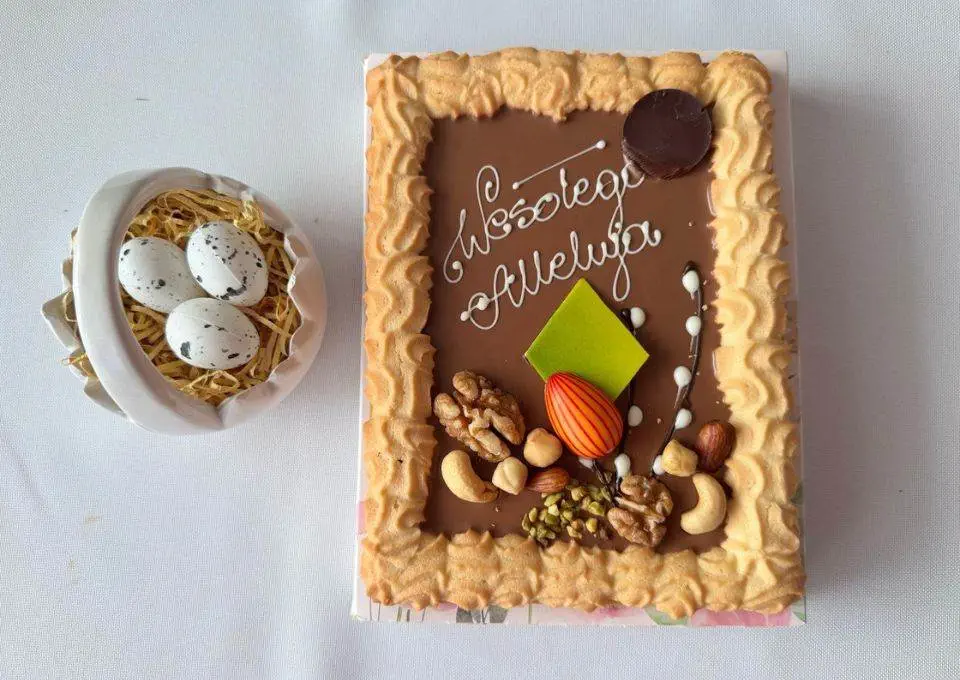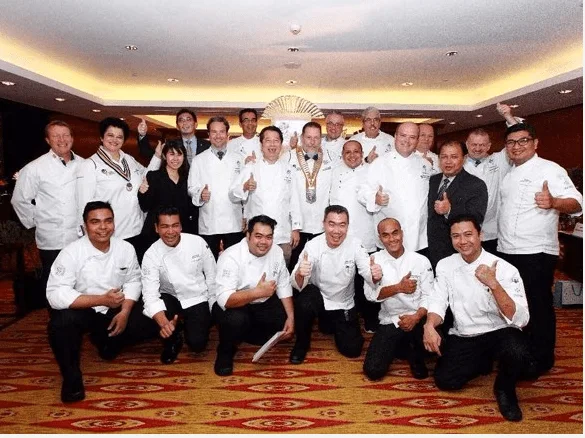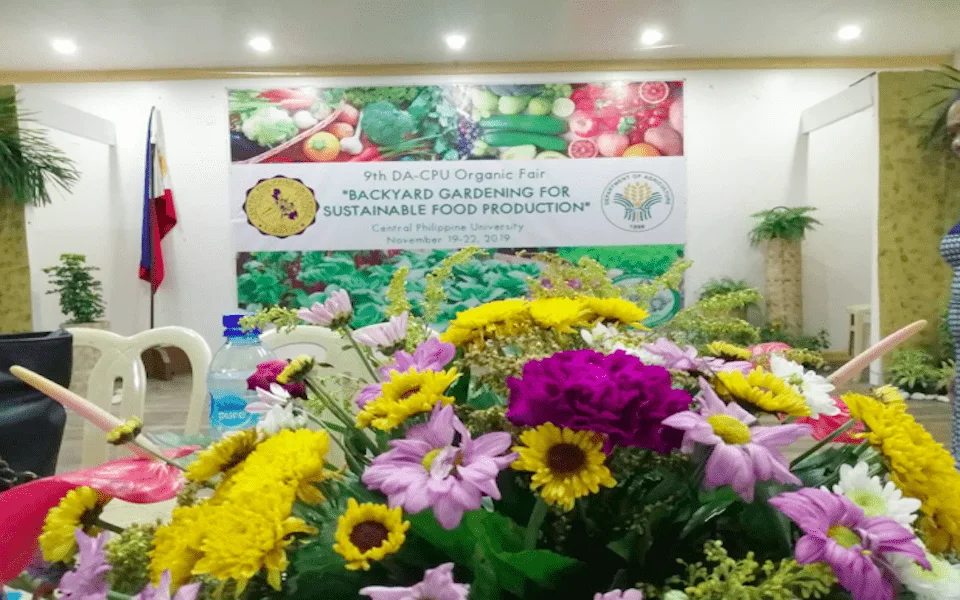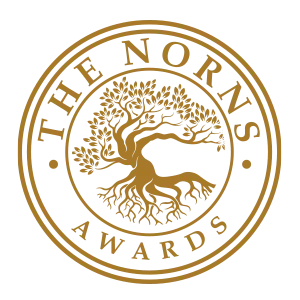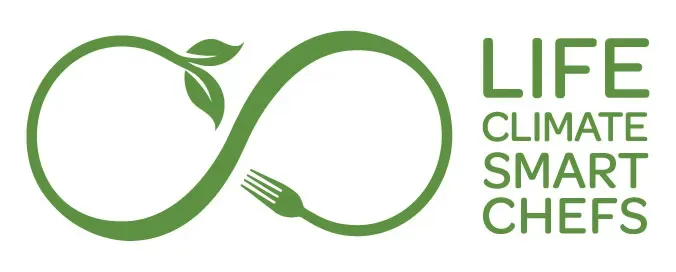See below for recipe
Mazurka is the essence of traditional Polish pastry art. Flat, sweet, and beautifully decorated, it’s as symbolic of Easter in Poland as painted eggs (pisanki) or the Easter basket blessing (święconka).
Its roots go back cultures, with the earliest mentions dating to the 17th century.
Today, there are dozens of variations of this festive dessert, but the classic mazurek is made with a buttery shortcrust base, topped with a sweet layer—usually dulce de leche (kajmak), nuts, or chocolate. This glossy surface becomes a canvas for creative decorations using dried fruits, nuts, and icing.
Some mazurkas look like miniature works of art—intricately decorated, bursting with color and the symbolism of spring and Resurrection.
The tradition of baking mazurek for Easter became firmly rooted in the 19th century, when it became fashionable to decorate desserts with religious, patriotic, and springtime motifs.
In Polish homes, preparing mazurek is often a shared, family ritual—especially the decorating part. It’s a time for creativity, joy, and passing traditions down through generations.
Mazurek in Poland is more than just a cake. Mazurek is a Poland Cultural Symbol. In the Polish language, the word “mazurek” has several meanings:
Mazurek as a musical piece. The most famous composer of mazurkas was Frédéric Chopin, who wrote 59 of them, transforming the folk form into poetic, expressive piano works.
Dąbrowski’s Mazurek as the Polish national anthem.
Mazurek as the Easter cake.
Try making a traditional Polish mazurek – beyond its sweet taste, you’ll discover a dose of fun, creativity, and true holiday joy!
As Poles like to say: “If you haven’t tasted żurek, you don’t really know Polish cuisine.”
Mazurek for Easter – Recipe
Adapted by Joanna Ochniak
Yields 12 servings
Ingredients
- 350 g unsalted butter
- 120 g powdered sugar
- 120 g peeled and chopped almonds
- Zest of 1 lemon
- 370 g all-purpose flour
- 2 apples
- 3 tbsp fine baking sugar
- 200 g canned dulce de leche (kajmak)
- 4 cooked egg yolks + 1 raw egg yolk
- Pinch of salt
- White and brown icing for decoration
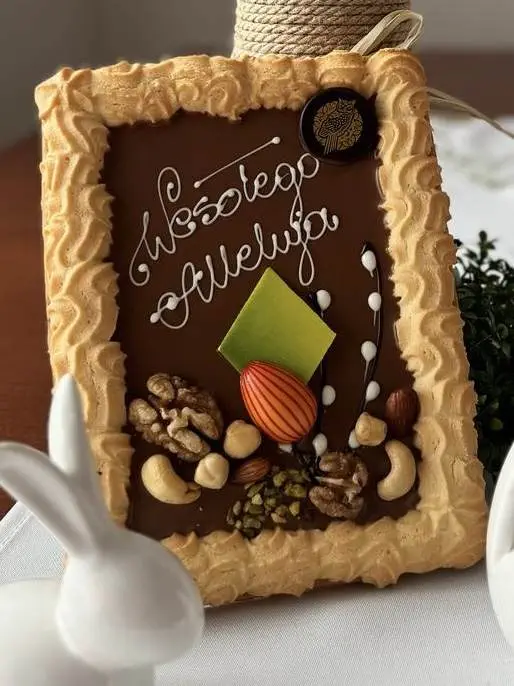
Instructions
Preparation time: 50 minutes
- Make the dough: Beat the butter until fluffy. Add flour and beat again. Pass the cooked egg yolks through a sieve and add to the mixture along with the raw yolk, powdered sugar, and a pinch of salt. Knead the dough until smooth. Chill in the fridge for 2 hours.
- Prepare the filling: Peel and grate the apples. Mix with chopped almonds and lemon zest. Pour 1/3 cup of water into a pan, add the apple-almond mixture and baking sugar. Cook gently until the water evaporates, and the mixture thickens.
- Shape and bake: Roll out the dough. Cut into the shape of an Easter egg. Place on a parchment-lined baking sheet. Use leftover dough to roll into thin ropes and create a border around the egg shape. Spread the apple filling on top.
Bake at 180°C (356°F) for 20 minutes. - Decorate: Warm the dulce de leche (kajmak) and pour it over the baked base. Once it sets, use white and brown icing to draw pussy willows (bazie) or other Easter motifs. Feel free to decorate with almond flakes, shelled walnuts, pistachios, dried or candied fruits, or any other natural, edible decorations of your choice.
Happy Easter!
For more recipes, visit www.worldchefs.org/news

